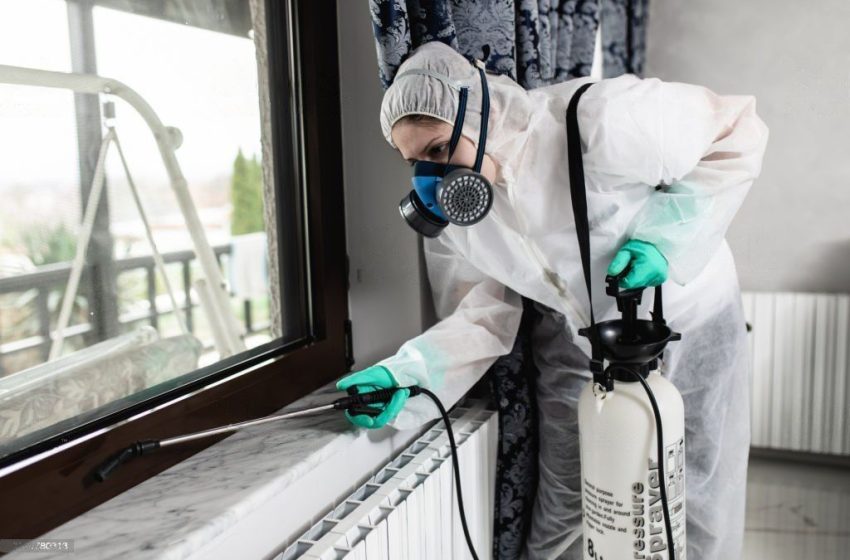The Ultimate Guide to Carpet Repair: Restore Your Flooring to Its Former Glory

Carpets are a popular choice for flooring due to their warmth, comfort, and aesthetic appeal. However, they can suffer from a variety of issues over time, from stains and burns to tears and frays. If you’ve found yourself dealing with a carpet problem, don’t fret. With a bit of knowledge and the right tools, you can tackle most repairs yourself. Here’s a comprehensive guide to carpet repair to help you get your flooring looking as good as new.
Common Carpet Issues and How to Fix Them
1. Stains and Spills
How to Repair:
- Act Quickly: The sooner you address a stain, the easier it will be to remove. Blot the spill with a clean cloth or paper towel to absorb as much liquid as possible.
- Choose the Right Cleaner: Use a carpet cleaner that’s appropriate for the type of stain and your carpet material. Always test the cleaner in an inconspicuous area first to ensure it doesn’t cause discoloration.
- Blot, Don’t Rub: Gently blot the stain with the cleaner and a clean cloth. Rubbing can push the stain deeper into the fibers.
- Rinse and Dry: After treating the stain, rinse the area with water and blot it dry. Ensure the carpet is completely dry to prevent mold and mildew.
2. Burns and Melting
How to Repair:
- Trim the Burned Area: Use a pair of sharp scissors to carefully trim away the burned fibers. Be careful not to cut too deeply.
- Use Carpet Repair Patch: Cut a patch from an inconspicuous area of the carpet or from a leftover piece. Apply carpet adhesive to the back of the patch and place it over the burned area.
- Blend the Patch: Use a carpet brush to blend the patched area with the surrounding fibers. You might need to trim and adjust the patch to match the pile height and direction.
3. Tears and Rips
How to Repair:
- Align the Tear: If possible, align the torn edges to minimize the visibility of the repair.
- Apply Carpet Adhesive: Spread carpet adhesive or glue under the torn area. Press the edges down firmly and hold them in place until the adhesive dries.
- Use a Carpet Repair Kit: For larger tears, use a carpet repair kit that includes a patch and adhesive. Follow the kit’s instructions for a seamless repair.
4. Fraying and Loose Edges
How to Repair:
- Trim Loose Threads: Use sharp scissors to trim any loose threads or fraying edges.
- Secure Edges: Apply a small amount of fabric glue to the edges where fraying occurs. Press the fibers down and let the glue dry. For more significant fraying, you may need to use a carpet binding tape or professionally install new edge binding.
Preventing Carpet Damage
-
Regular Cleaning: Vacuum your carpet regularly to remove dirt and prevent it from wearing down the fibers. Professional deep cleaning can also help maintain your carpet’s appearance.
-
Protect High-Traffic Areas: Use rugs or runners in high-traffic areas to reduce wear and tear. Consider using furniture coasters to prevent dents and indentations from furniture legs.
-
Prompt Spill Cleanup: Address spills and stains as soon as they occur to prevent permanent damage.
-
Use Carpet Protectors: Applying a carpet protector spray can help repel stains and make cleaning easier.
When to Call a Professional
While many carpet repairs can be handled yourself, some issues are best left to the professionals. If you’re dealing with extensive damage, a large area that needs repairing, or if you’re unsure about how to proceed, a professional carpet repair specialist can provide expertise and ensure a high-quality repair.
Conclusion
Carpet repair doesn’t have to be a daunting task. With a bit of effort and the right techniques, you can address common issues and extend the life of your carpet. Whether you’re tackling a simple stain or a more complex tear, these tips should help you restore your carpet to its original condition. Remember, regular maintenance and prompt attention to issues can prevent many common Carpet Repair Gold Coast problems from escalating. So roll up your sleeves and get ready to give your carpet the care it deserves!

